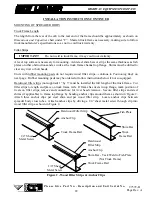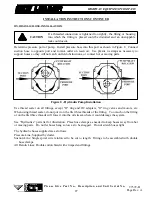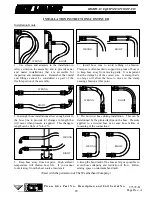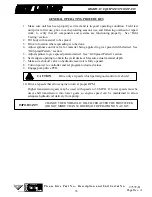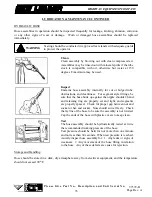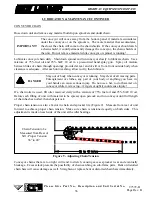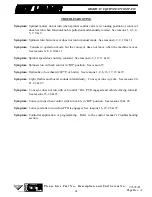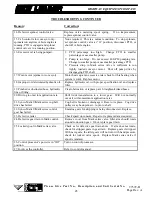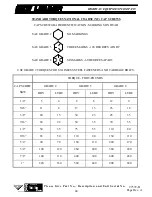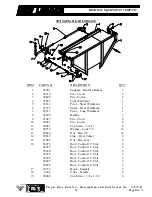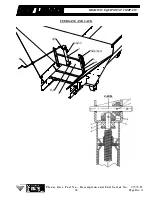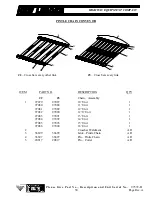
P l e a s e G i v e P a r t N o . , D e s c r i p t i o n a n d U n i t S e r i a l N o .
HIGHWAY EQUIPMENT COMPANY
35
97372-B
Page Rev. A
LUBRICATION & MAINTENANCE CONTINUED
HYDRAULIC HOSE
Hose assemblies in operation should be inspected frequently for leakage, kinking, abrasion, corrosion
or any other signs of wear or damage. Worn or damaged hose assemblies should be replaced
immediately.
Clean
Clean assembly by blowing out with clean compressed air.
Assemblies may be rinsed out with mineral spirits if the tube
stock is compatible with oil, otherwise hot water at 150
degrees F maximum may be used.
Inspect
Examine hose assembly internally for cut or bulged tube,
obstructions, and cleanliness. For segment style fittings, be
sure that the hose butts up against the nipple shoulder; band
and retaining ring are properly set and tight, and segments
are properly spaced. Check for proper gap between nut and
socket or hex and socket. Nuts should swivel freely. Check
the layline of the hose to be sure the assembly is not twisted.
Cap the ends of the hose with plastic covers to keep clean.
Test
The hose assembly should be hydrostatically tested at twice
the recommended working pressure of the hose.
Test pressure should be held for not more than one minute
and not less than 30 seconds. When test pressure is reached,
visually inspect hose assembly for: 1. Any leaks or signs of
weakness. 2. Any movement of the hose fitting in relation
to the hose. Any of these defects are cause for rejection.
Storage and Handling
Hose should be stored in a dark, dry atmosphere away from electrical equipment, and the temperature
should not exceed 90
°
F.
Testing should be conducted in approved test stands with adequate guards
to protect the operator.
WARNING
Summary of Contents for L3020G4
Page 2: ......
Page 6: ...INSERT NEW LEADER NL WARRANTY ...
Page 7: ...TAB SAFETY ...
Page 20: ...TAB OP MAINT ...
Page 111: ...TAB G4 Spread Pattern ...


